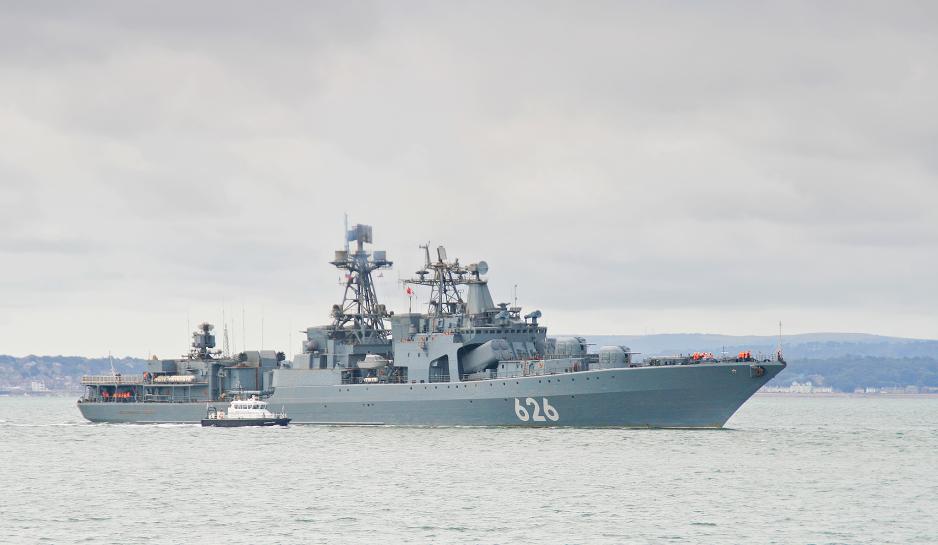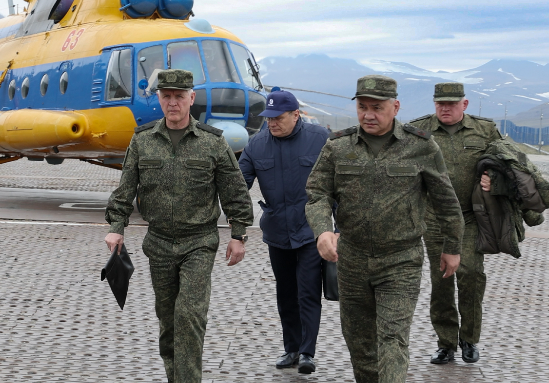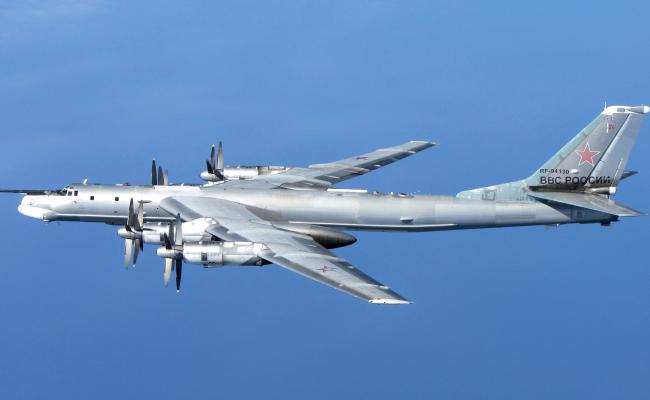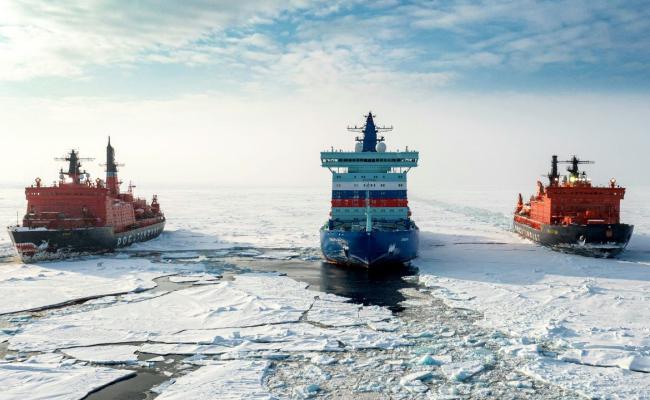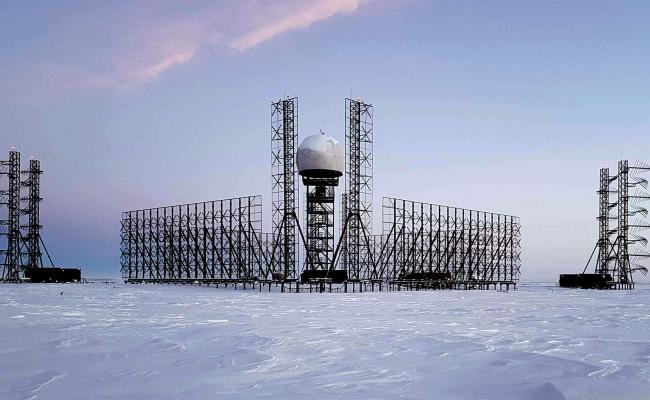Norwegian version.
As part of a major Northern Fleet command and staff exercise, a group of marine vessels has embarked on a voyage in the Arctic that will likely last until mid-October. That was reported by the Russian Ministry of Defense last week.
The group comprises the destroyer Vice-Admiral Kulakov, the large landing vessel Alexander Otrakovsky, the rescue and towing vessel Altay, and the tanker Sergey Osipov.
The operation occurs in the Arctic Ocean and along parts of the Northern Sea Route.
"During this campaign, we will carry out several exercises to ensure secure maritime navigation and other types of maritime economic activity in Russia's Arctic zone, as well as to protect Russian islands and continental territories in the Arctic," says the ship group's commander, Captain Stanislav Varik.
On Friday evening, the ministry wrote that the naval vessels had arrived at Alexandra Land (part of the Franz Josef Land archipelago) for joint training with the forces at the Nagurskoye Air Station and the 'Arctic Trefoil' military base.
Frame
This is the Northern Fleet's twelfth voyage of this kind in the Arctic, elaborates the Russian Ministry of Defense, and maintains that this activity is part of a set of measures to protect Russia's interests in Arctic regions.
According to the ministry, similar operations in the previous year have repeatedly involved practicing landing forces and securing ice-resistant stationary platforms at sea.
Whether this information also constitutes a kind of concretization of this year's activities or indicates a change from previous years is difficult to say. But as mentioned, a landing ship is part of the voyage.




